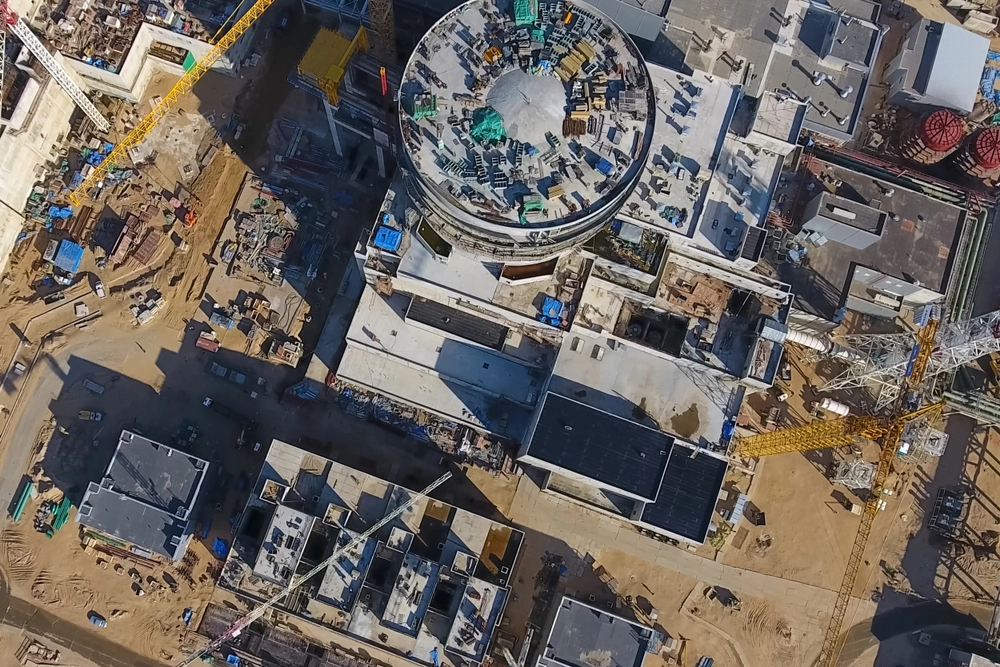
Partner
Head of Energy & Infrastructure | Projects, Infrastructure & Construction | Real Estate
This website will offer limited functionality in this browser. We only support the recent versions of major browsers like Chrome, Firefox, Safari, and Edge.

By Ian Stubbs, Mark Greatholder
26 Jul 2023 | 5 minute read
To state the obvious, the construction and delivery of major infrastructure projects is expensive – including in relation to new nuclear build projects. Indeed, as of February 2023 EDF warned that the cost of constructing the new nuclear power station at Hinkley Point C could reach £32bn. As with all major projects, it has always been a challenge to attract investment in new nuclear build projects where there are these high up-front capital costs when the return on investment is only likely to come many years into the future.
As the UK Government drives forward its agenda to support the delivery of a number of further new nuclear build projects in the coming years, the big question is how can finance be generated for these projects in a way that delivers value for money to the customer whilst ensuring a fair return for the developers taking responsibility for delivering those projects (and taking some risk in doing so).
Specifically, any financing model needs to work for complex projects with high front-end capital requirements, long construction periods and long operating lives.
In April 2022, the Nuclear Energy (Financing) Act 2022 (NEFA 2022) was published, after receiving Royal Assent on 31 March 2022. The purpose of the NEFA 2022 is to facilitate investment in new nuclear power stations by allowing for the use of the regulated asset base (RAB) model to finance nuclear energy generation projects.
The RAB model gives an eligible nuclear company the right to a regulated revenue stream throughout the construction, commissioning and operations phase of a new nuclear project. This will be funded by a charge placed on electricity suppliers, and ultimately come from consumers through their electricity bills.
The Government has estimated that, for a project starting construction in 2023, the additional cost to a typical consumer bill might be, on average, less than £1 per month during the full construction phase of the project, which would lead to overall savings for consumers of at least £30 billion on each project.
The model enables investors to share some of the project’s construction and operating risks with consumers, lowering the cost of capital. In effect, the intention is to help create a more typical infrastructure investment profile where investor exposure to risks and their returns are contained.
The RAB model has already been utilised for other recent major infrastructure projects in the UK – Heathrow Terminal 5 and Thames Tideway Tunnel being the most notable, so there is some confidence that it might be equally beneficial to the nuclear sector.
The most recent new nuclear build project in the UK at Hinkley Point C is being financed using the contract for difference (CfD) scheme. The developer agreed to pay the entire cost of constructing the power plant in return for an agreed fixed price (often referred to as the 'strike price') for electricity output once the plant is in operation. This 'strike price' is therefore ultimately funded by consumers who will pay the difference between the wholesale electricity and the agreed strike price, but the important point is that they only pay that once the plant is operational and generating electricity, which is usually many years after construction begins.
However, it has been recognised that placing the entire construction risk on developers was what ultimately led to the cancellation of other potential new nuclear build projects in the UK and is discouraging further investment in the sector.
In contrast, the RAB model shares the cost with consumers from the start, reducing the amount of interest owed on loans.
Unlike a CfD where construction risk sits entirely with the developer, a RAB model enables some level of risk-sharing between investors and consumers from the very start, which effectively smooths out and, it is argued, reduces the higher costs that would otherwise be charged to consumers once the plant is operational. It is hoped that not only will the RAB model help to encourage a greater diversity of private investment, but also ultimately lower the cost of financing new nuclear power and reduce the costs to consumers and businesses.
The Government believe that the financing deal on Hinkley Point C in 2016 was the right deal for the right time. It was the first nuclear project to be built in the UK for a generation, using a reactor technology being built in the UK for the first time, by a developer which could finance the project on its balance sheet.
When the funding arrangements for Hinkley Point C were being negotiated there were also no projects using this new technology operationally anywhere in the world. The deal ensured that consumers won’t pay a penny for any construction overruns and until the station generates electricity.
However, as the CfD places the entire construction risk on developers, it is recognised that it is likely to be challenging to encourage further investment into future new nuclear build projects in the same way.
Whilst the RAB model has already successfully supported investment using well established technologies in UK water and energy networks, regulators have found it challenging to ensure that providers deliver value to their customers.
The nuclear sector is a more complex and high-risk environment than other sectors where the RAB model has been used and therefore the regulation is going to be even more of challenge. Considered safeguards to ensure independent oversight of the project will be essential to protect the interests of the consumer. It is also the case that by sharing some of the up-front capital costs with consumers, there may be less focus on the management of those capital costs.
It will be interesting to see how the RAB model is deployed in relation to the upcoming project at Sizewell C, particularly in relation to how best value is delivered (and demonstrated), the balance of risk sharing between investor and consumer and how the costs of any delays are handled.